Side Cast Reels Aussie made
100 years in creating quality products
Fast shipping &excellent support
The production development of the Alvey Reel
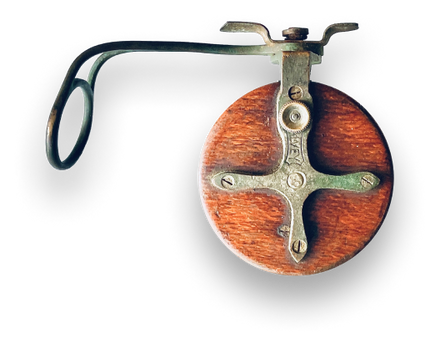
1920
Charles Alvey used a treadle lathe to turn Silky Oak for the back and spool of the first 3″ and 4″ diameter reels. The back support, line guide and ratchet parts were hand filled from cast gunmetal.
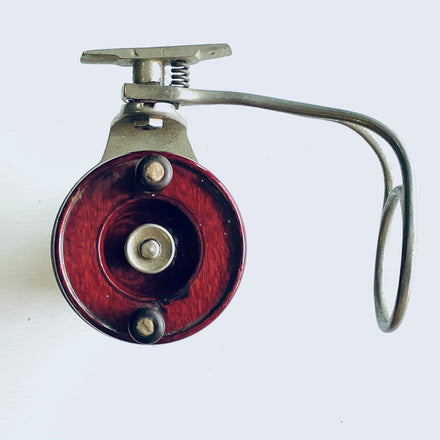
1925
Ken Alvey formed a partnership with his father Charles. Increased demand led to the acquisition of a Capstan lathe which was powered by a kerosene engine. Full backs of Cast Gunmetal were now machined, as were brass spindles and nuts.
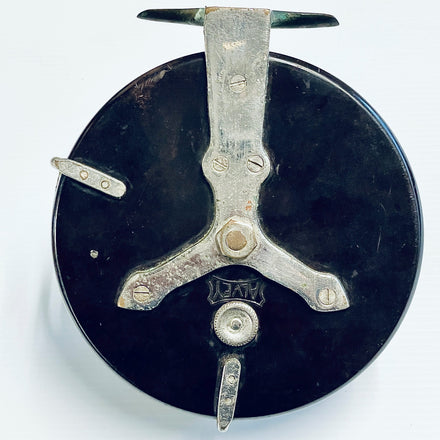
1930
Rose wood and Red Bean timbers were used to make the spools. A brass plate was screwed to the spools of the 5″ side cast, and the 5″, 6″ and 7″ game fishing reels to increase line capacity. Bermabrite, an aluminium alloy was used for the 7″ overhead game reels.
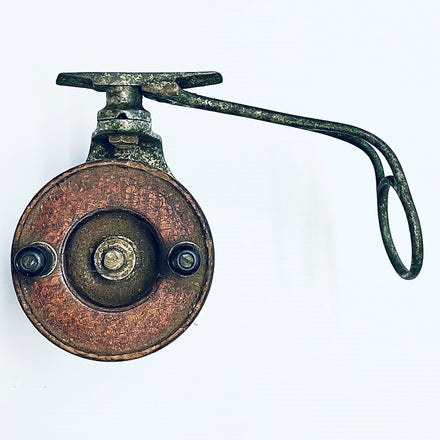
1936
Bakelite, a thermosetting plastic was used to mould 3″ and 4″ diameter spools. Some 4″ backs were also moulded.
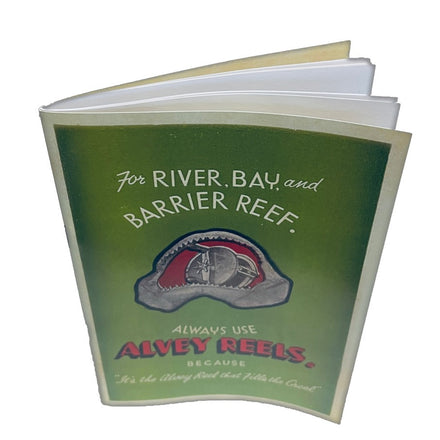
1937
Charles Alvey & Son produced their first catalogue.
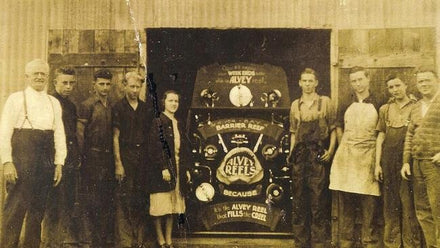
1938
The outbreak of World War II prevented the production of fishing reels as the factory equipment was utilised in the war effort.
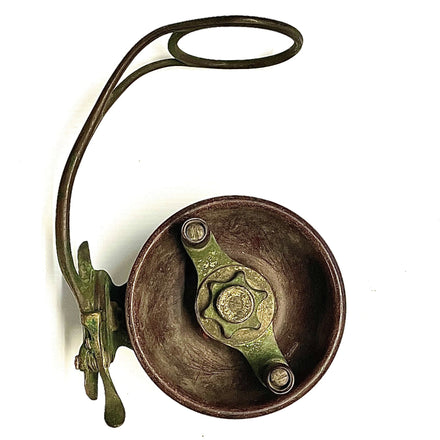
1945
Material shortages following the war resulted in the use of the local timber. Camphor Laurel for the spools of the 3″, 4″ and 5″ reels. Backs on the 5″ were rolled brass.
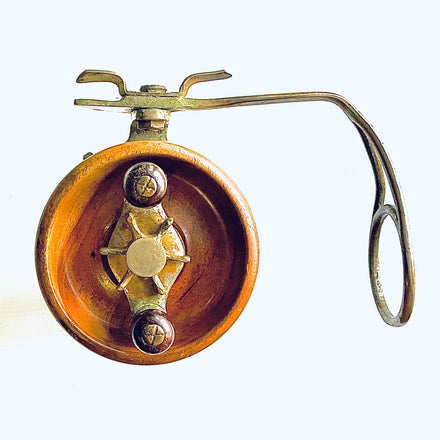
1946
Bakelite was used on spools up to 5″ diameter. Increased demand for larger reels made it necessary to replace Camphor Laurel which had an inconsistent grain, with the finer grained Cedar. Initially Cedar was used only for the 6″ to 7″ spools. It soon replaced other timbers in all size of reels. Backs on reels of 5″and larger diameter were rolled stainless cialis Steel with a Gunmetal support.
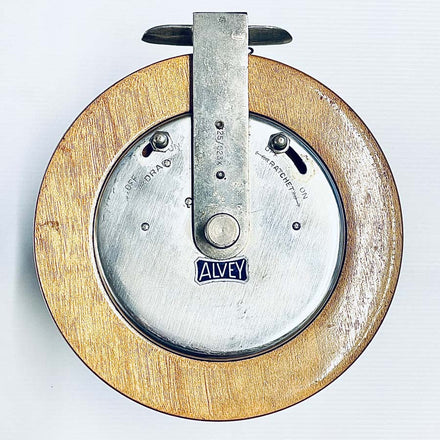
1960
Marine grade Maple Bondwood was used for the larger boat reels up to 12″ diameter spools.
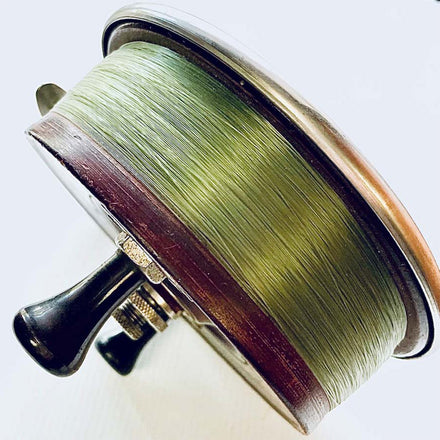
1965
The gunmetal supports on the stainless steel back were replaced by stainless steel supports which were spot welded to the backs.
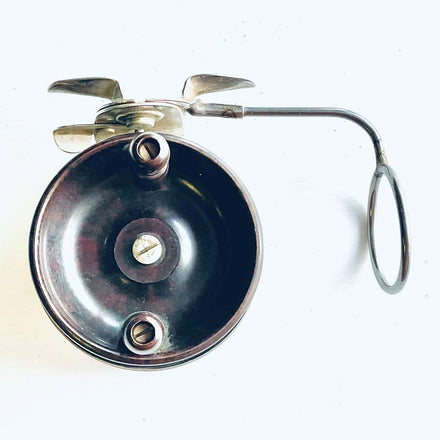
1970
With the acquisition of several 100 ton compression moulders, spools could be manufactured from Phenolic Resin and Fibreglass.
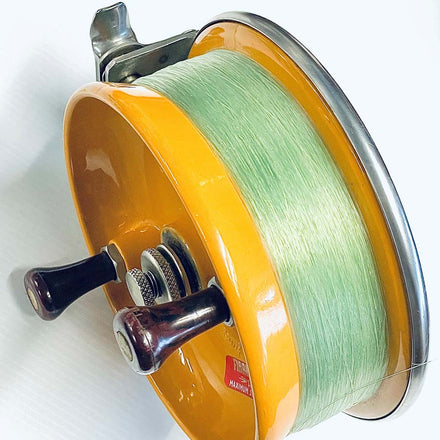
1974
As a result of the damage caused by the Brisbane River flood, wooden spools ceased to be manufactured. A new material mix of polyester and fibreglass replaced the use of cedar.
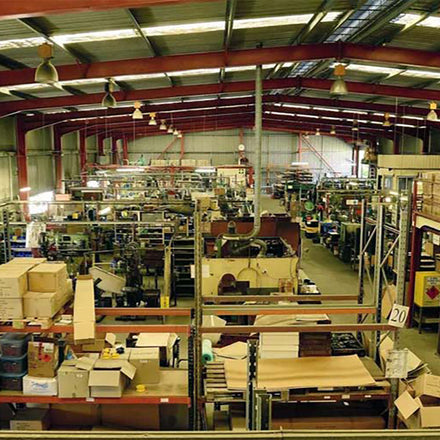
1978
The factory was relocated to the present site at Carole Park.
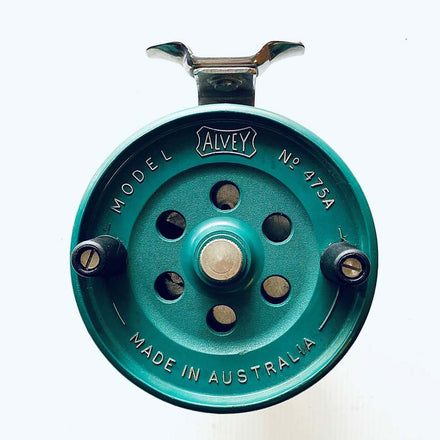
1988
With the introduction of injection moulding, the spools were manufactured using Valox, a polyester fibreglass mix.
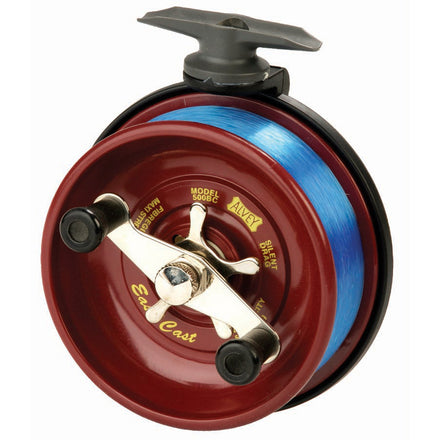
1992
New injection moulds allowed the production of 4″ and 5″ diameter Graphite backs with Easy Cast indexing mechanism.
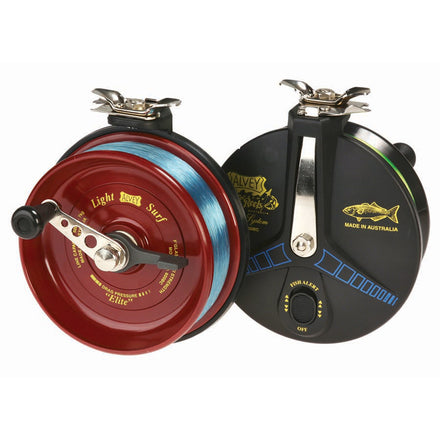
1993
Another injection mould was developed for the Graphite backs to suit the 6″ diameter spools.
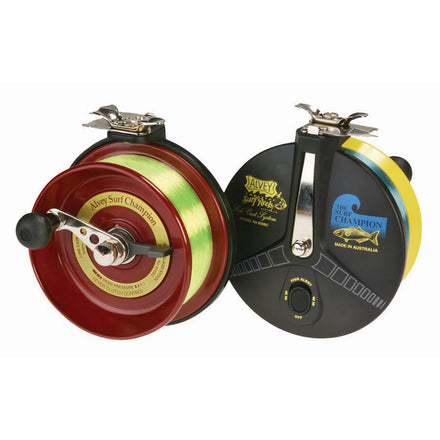
1994
A lever drag clutch set up was produced & made available as an alternative to the conventional star drag on a number of models.
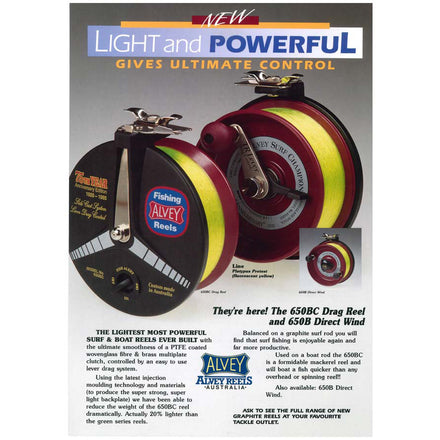
1995
A 75th anniversary model as a 6 1/2″ diameter full graphite backed model was launched with special Pad Printing.
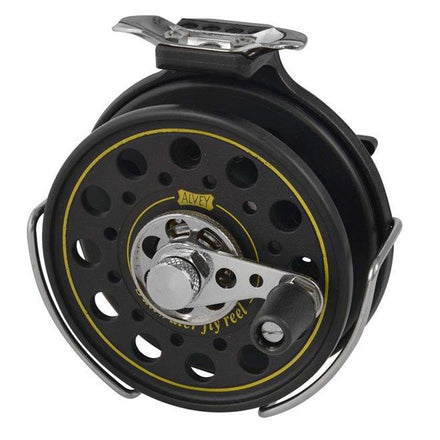
1997
A fully vented blue water saltwater fly reel was added to the range in two models to replace the older metal back series.
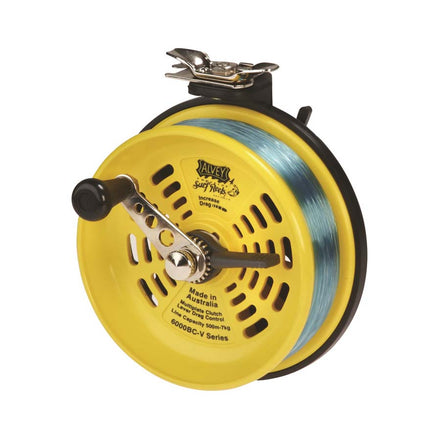
2000
Introduction of vented spools & back plates in the 6500 & 6000 models.
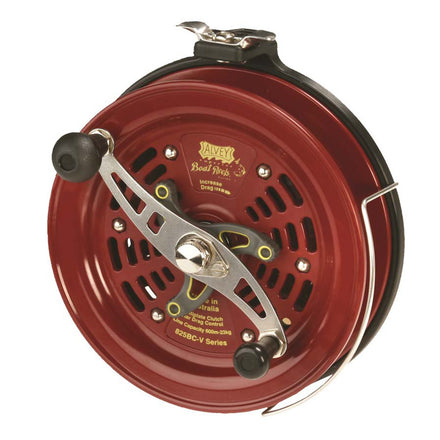
2002
A fully vented 8″ boat reel all injection moulded construction was added to the range of deep sea reels. A version as a mini winch was also developed.
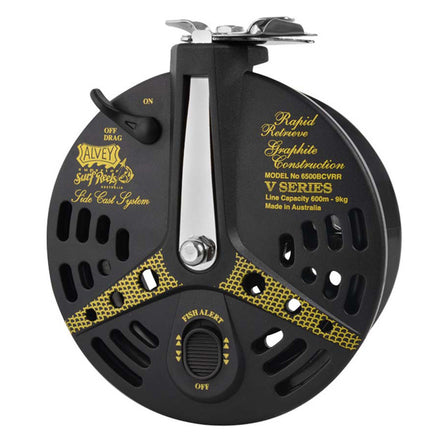
2003
Rapid Retrieve handle plate system introduced to 500 & 6000 series surf reels.
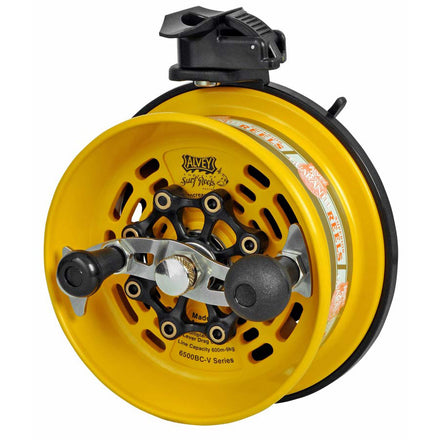
2009
Turbocast, a new injection moulded index mechanism was introduced on the 600 & 6000 Graphite backed series.
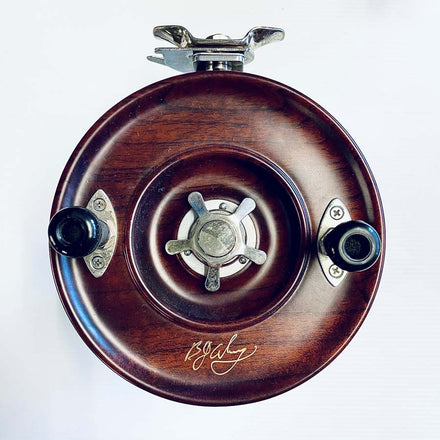
2012
Limited Edition 6″ 600A3M2 Collector’s Reel. Only 100 were made. Timber sourced from an old timber supply in NSW from a 200 year old tree felled many years ago.
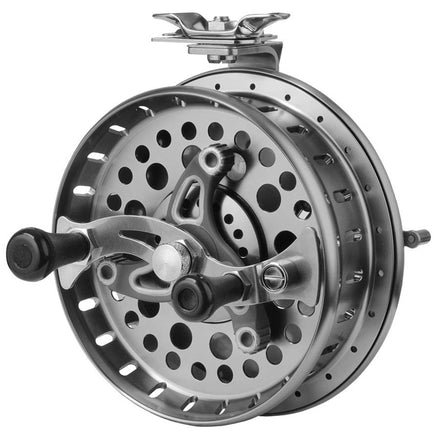
2014
Introducing the Alloy Reels 6000C8.
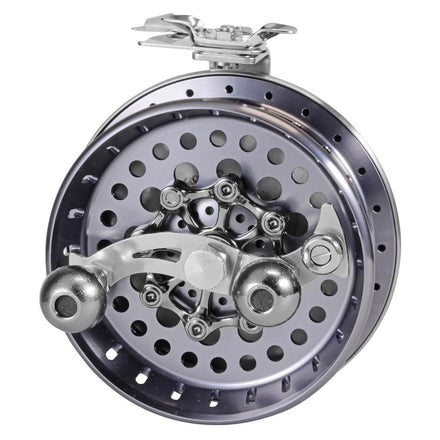
2018
Introducing the Alloy Reels 6500C8.
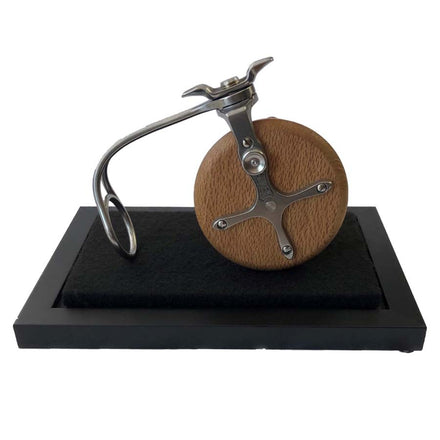
2020
Celebrating 100 years of Alvey history. Twin Nissan Navara Giveaway 2020- 2022. Launch of the V-Slot VS5 replica.
